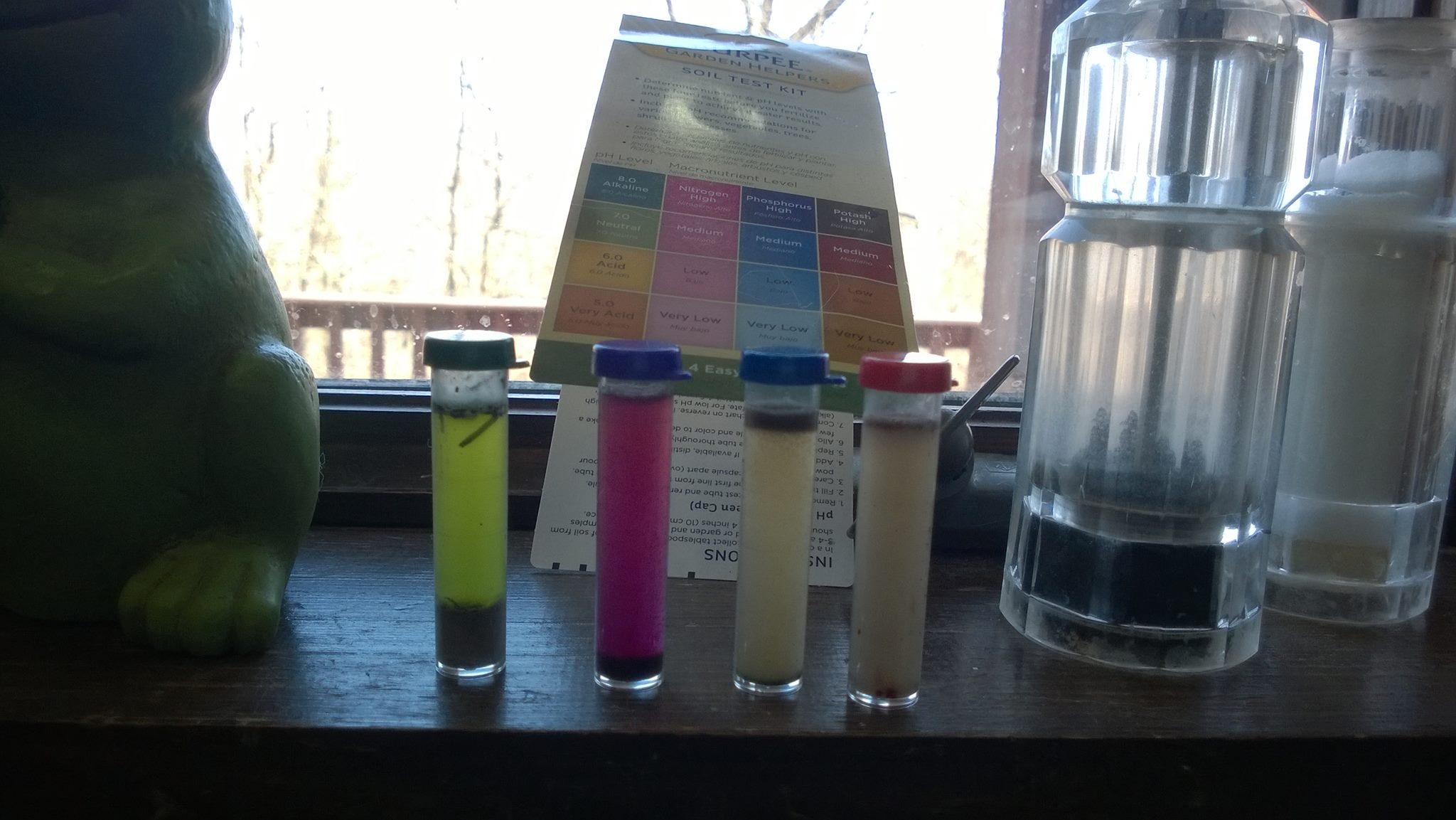Hey guys
So i must admit defeat and realise i cannot get rid of this issue for some reason. Can any of you guys help identify the issues with these leaves?
The spots etc started appearing a few months back and may or may not be related to an infestation of fungus gnats (Theres a picture below in case anyone can verify exactly what that bug is)
On the picture of the underside of the leaf, it seems like theres some extremely small white-ish dots, almost looks like tiny specks of sand. They dont appear to be moving (if they are, they move very very rarely as i havent seen any movement) and might just be a bit of dust from perlite.
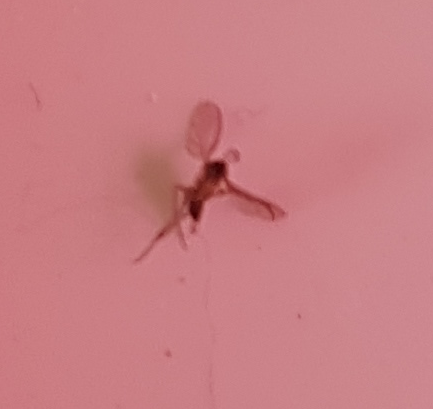
And here's some pictures of the leaves
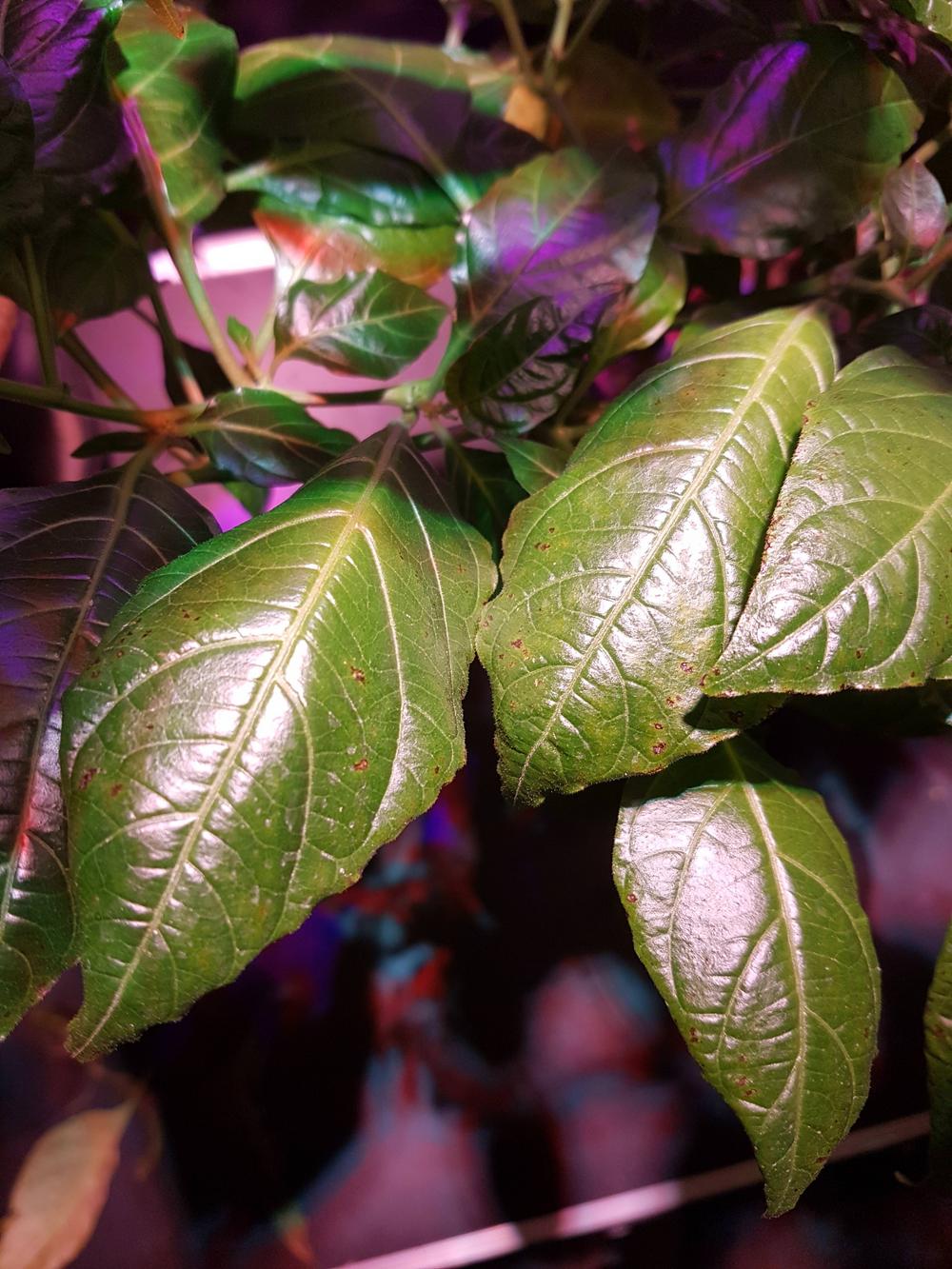
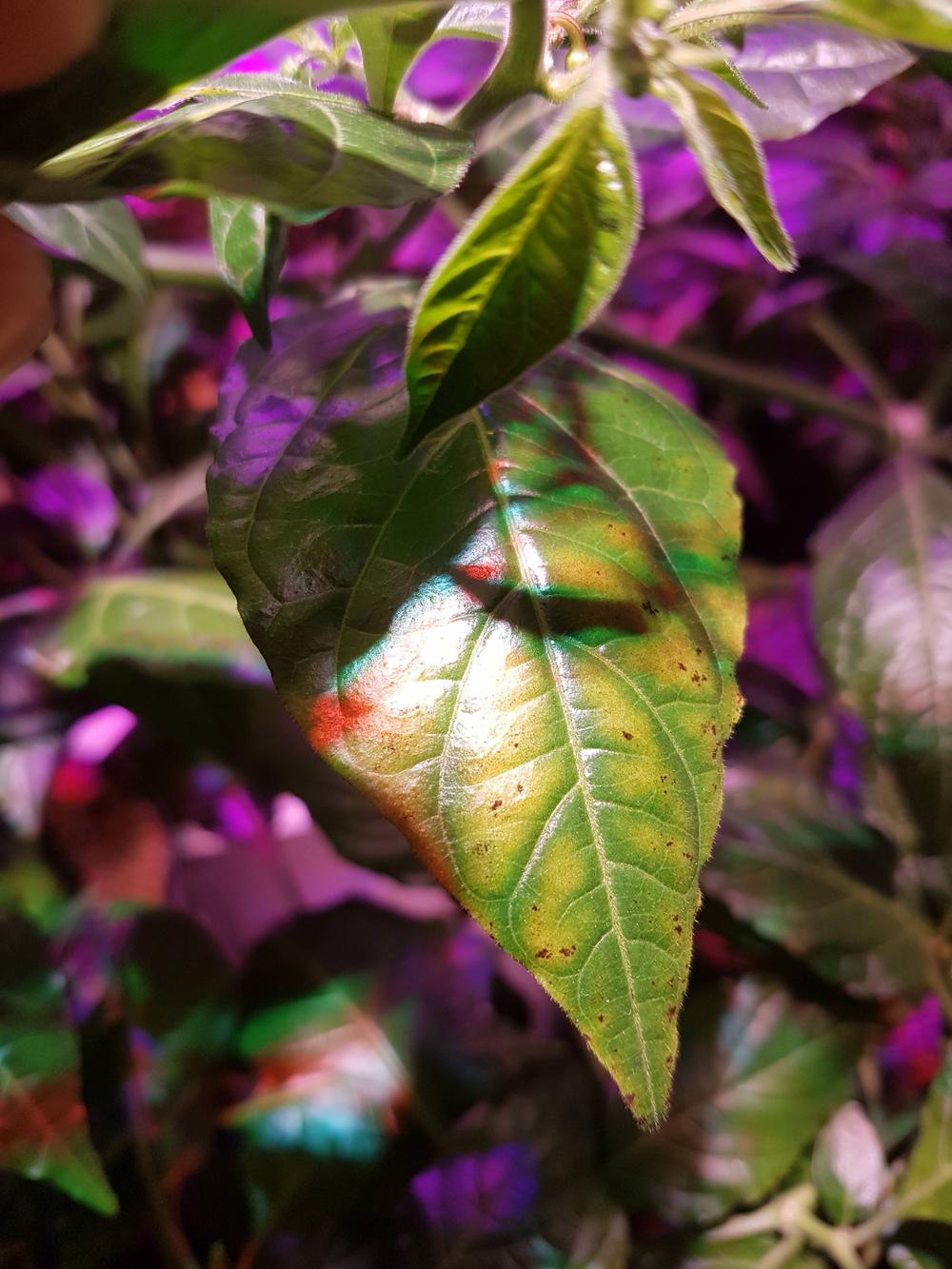
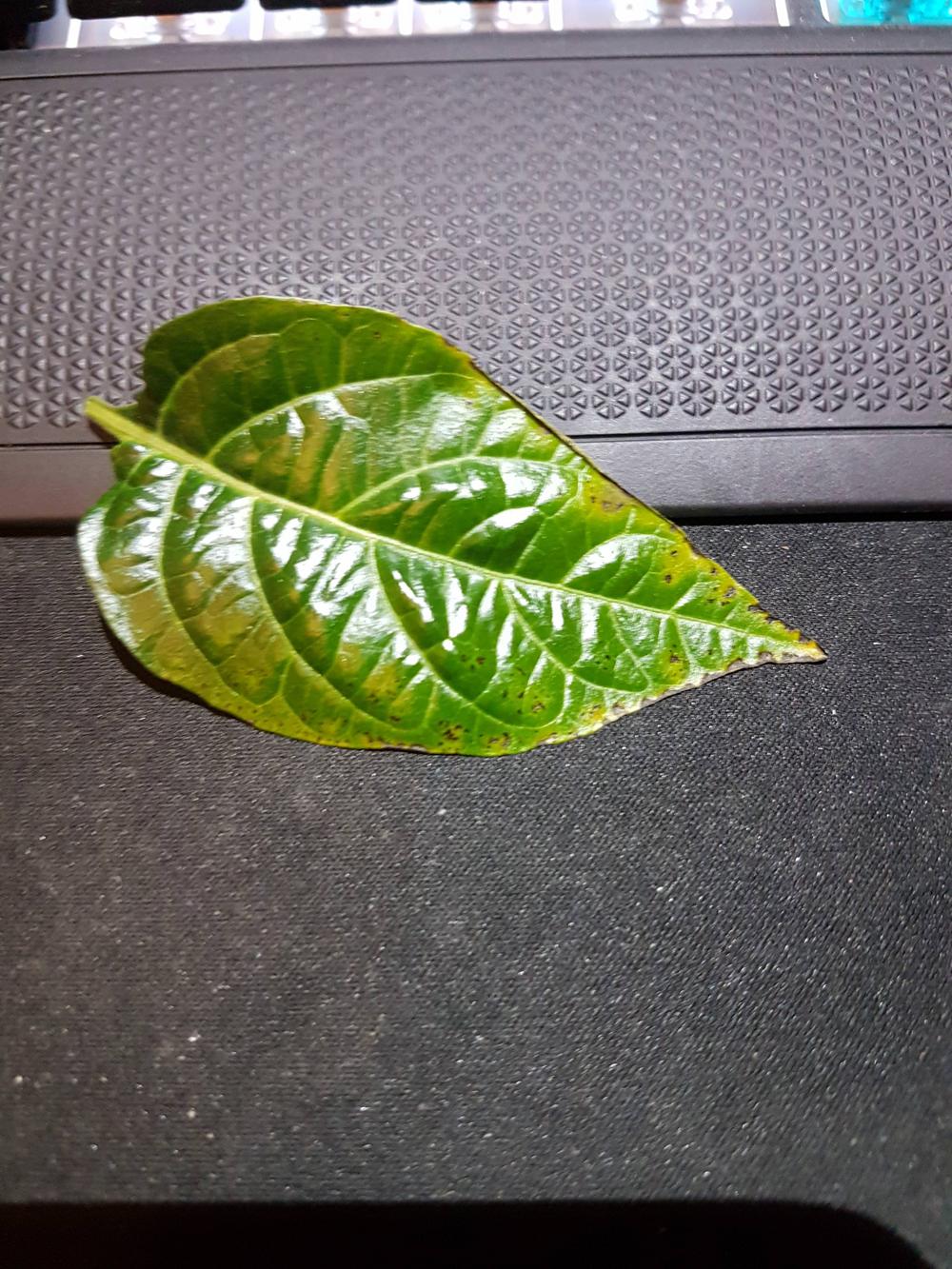
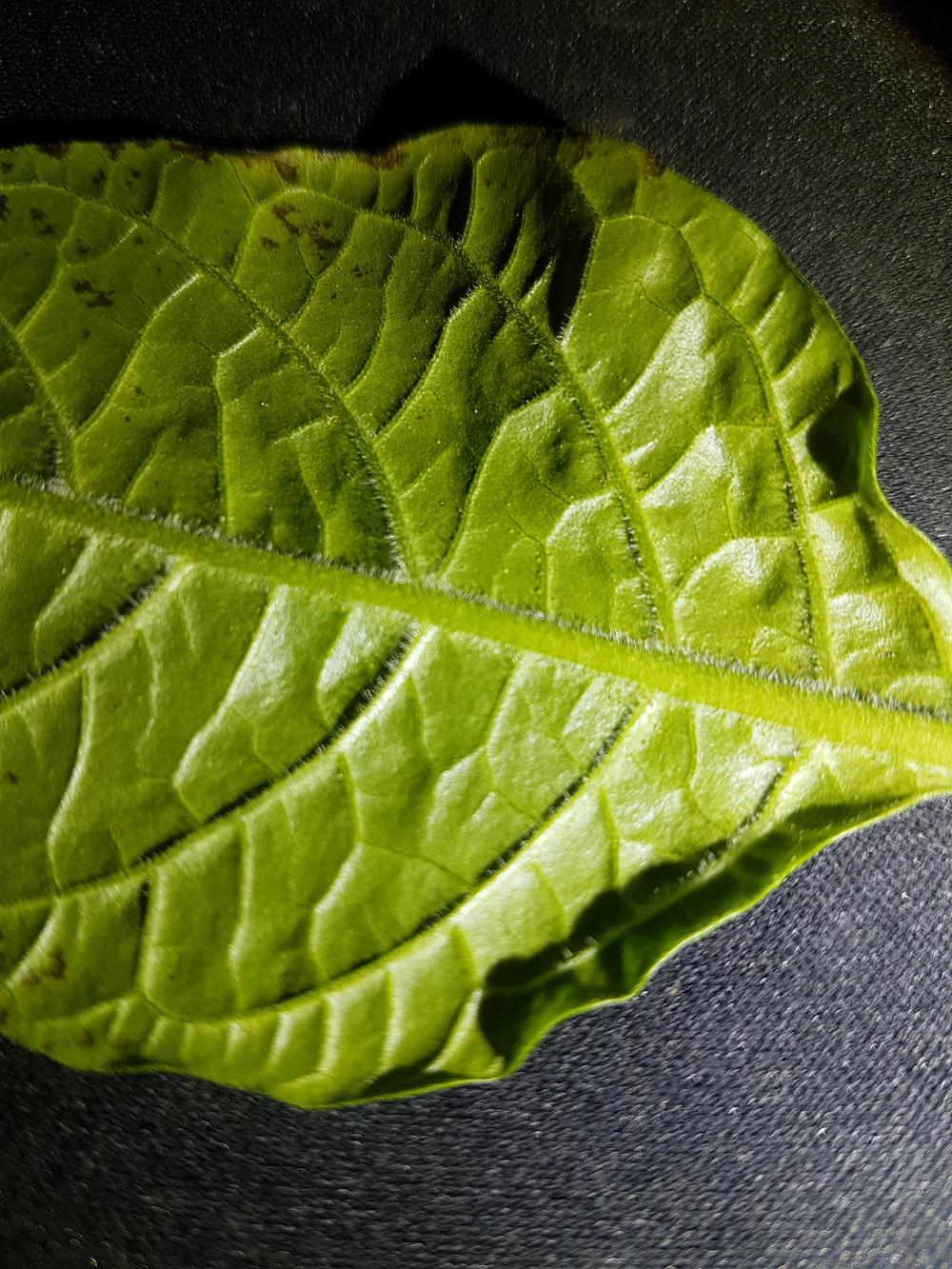
So i must admit defeat and realise i cannot get rid of this issue for some reason. Can any of you guys help identify the issues with these leaves?
The spots etc started appearing a few months back and may or may not be related to an infestation of fungus gnats (Theres a picture below in case anyone can verify exactly what that bug is)
On the picture of the underside of the leaf, it seems like theres some extremely small white-ish dots, almost looks like tiny specks of sand. They dont appear to be moving (if they are, they move very very rarely as i havent seen any movement) and might just be a bit of dust from perlite.

And here's some pictures of the leaves





